Solar storm scare: Cannibal CME misses Earth, but X1-class solar flare sparks blackouts
Even as the Earth made a miraculous escape from the dangerous cannibal CME, another X-class solar flare has sparked blackouts on Earth. Fears for a new solar storm has also risen after the event.
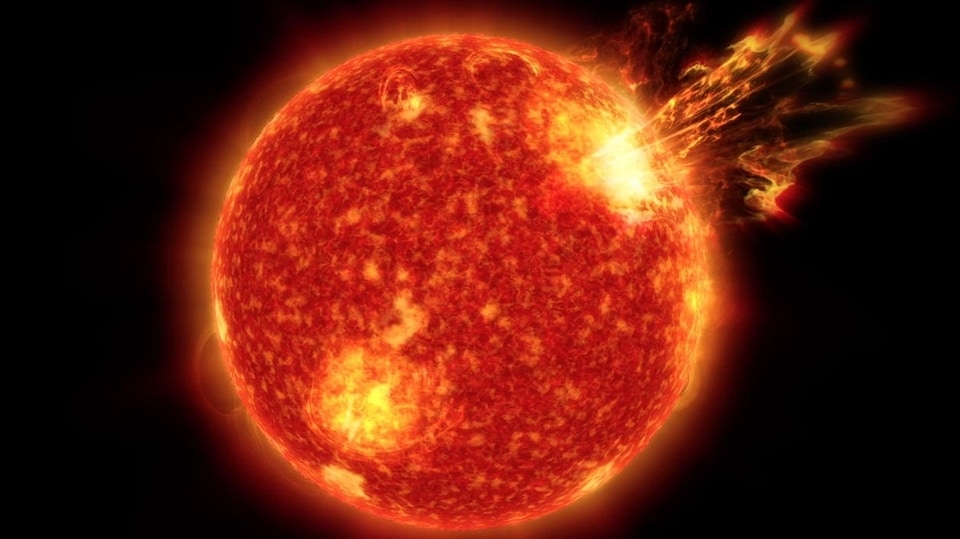
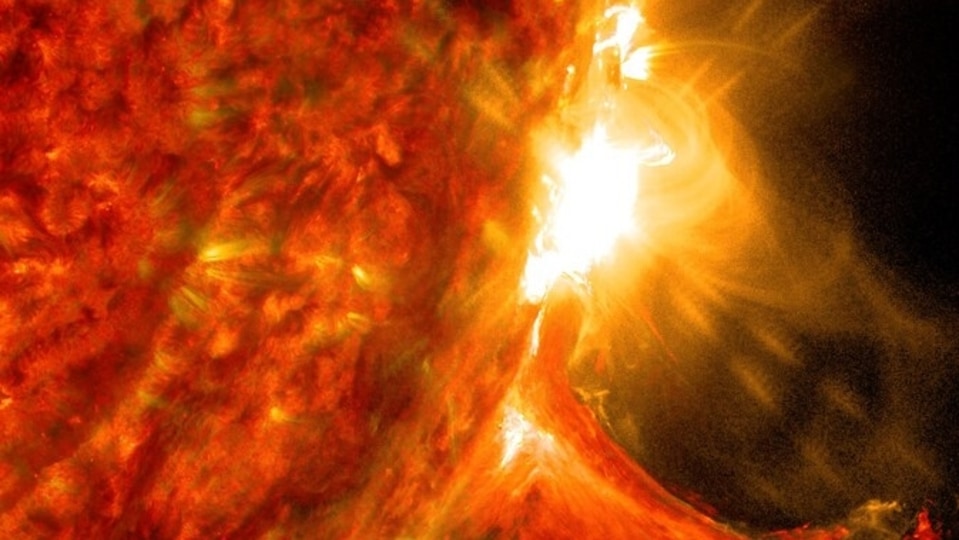
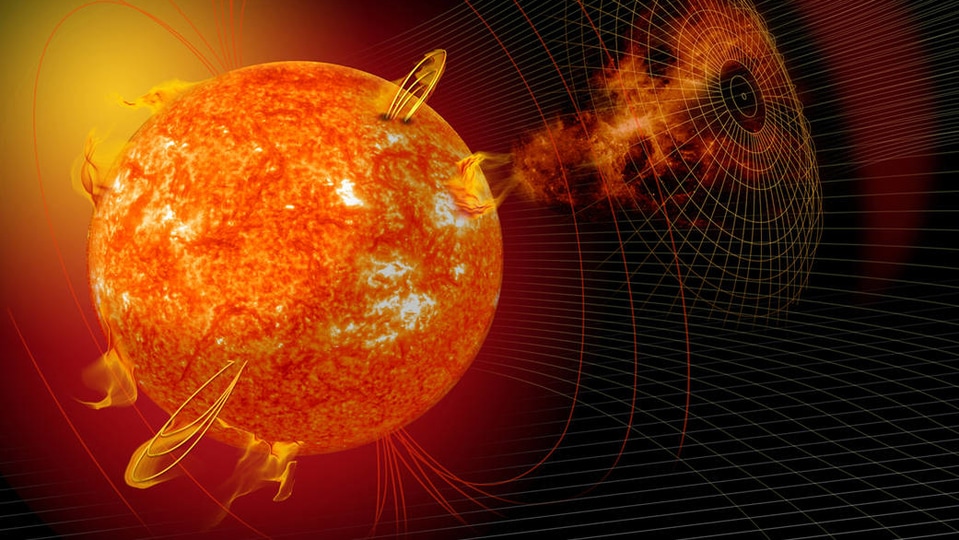
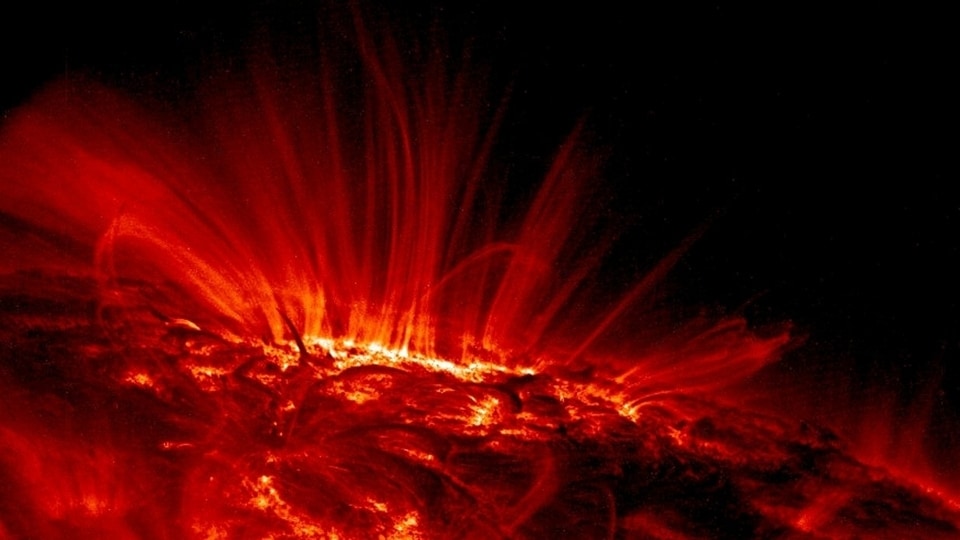
_1639373804152_1639373815879.jpg)
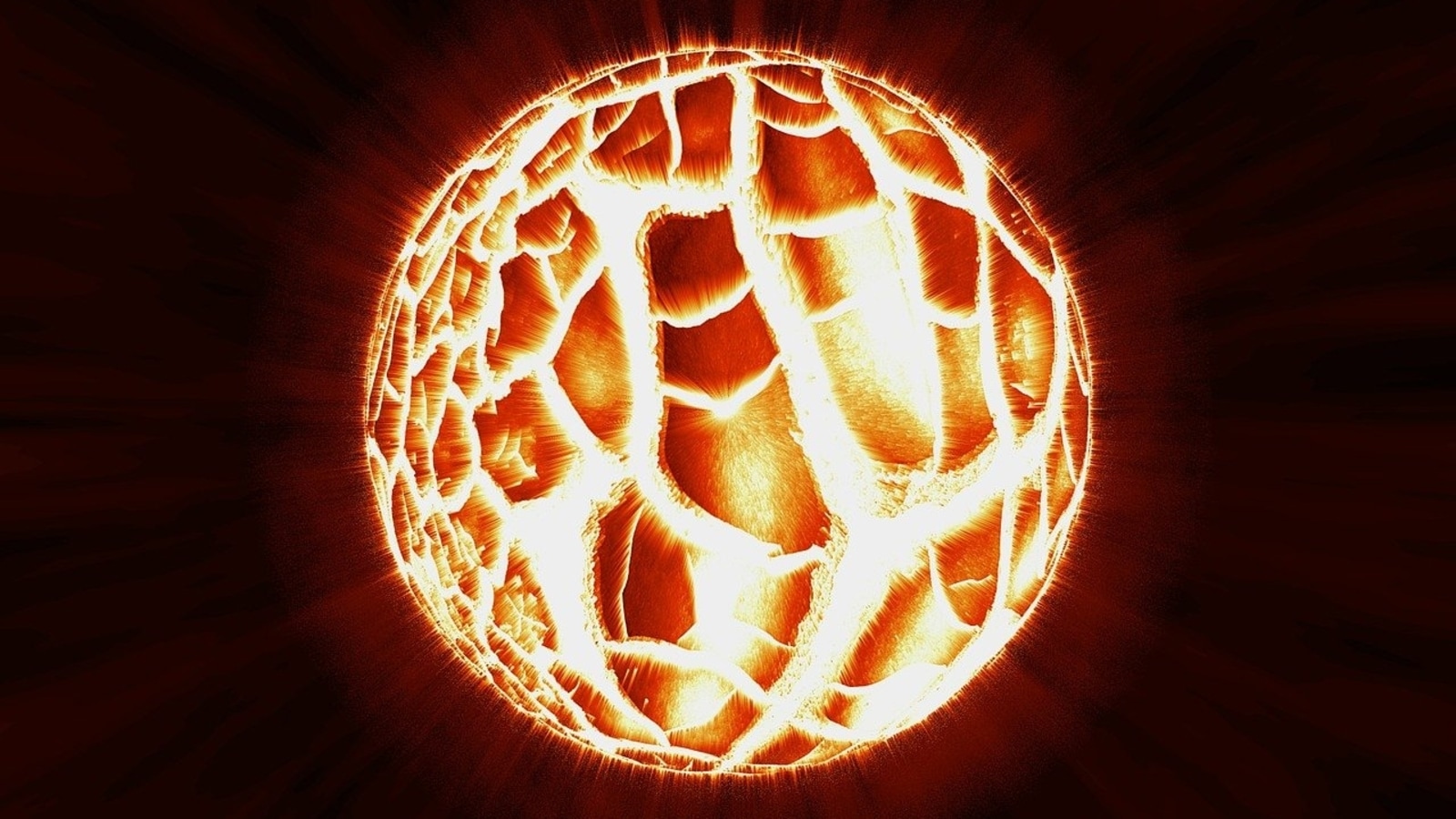
 View all Images
View all ImagesThe last 24 hours were quite frightening for the Earth, as major solar storm prediction models said that a highly energized cannibal CME could deliver a glancing blow to the Earth today, August 9. However, it never came, leading the scientists to believe that the CME narrowly escaped the planet. Investigations are still ongoing to see whether the CME could have been delayed. However, there is some bad news as well. In the early hours of August 8, another X1-class solar flare erupted and sparked a deep shortwave radio blackout over the Pacific Ocean. Concerns are now rising on whether it will also send another CME towards our planet.
A report from SpaceWeather.com stated that the cannibal CME might have missed the Earth. It stated, “It was never expected to be a direct hit. NOAA models suggested that only the flank of the CME might graze Earth's magnetic field, so a miss comes as no surprise. A late arrival is also possible”. As a result, there is still a minor solar storm watch for the rest of August 9, although any activity from the CME is unlikely.
X1-class solar flare sparks solar storm fears
Now, moving to the second incident, in the late hours of August 7/early hours of August 8, the departing sunspot AR3386 exploded one last time, erupting a massive X1-class solar flare that was detected by NASA's Solar Dynamics Observatory. The extreme ultraviolet radiation sparked a deep shortwave radio blackout over the Pacific Ocean and large parts of the US and Canada. To make matters worse, a powerful CME was also seen escaping the eruption region. Although the initial forecast claims that the trajectory is outside Earth's strike zone, we will only know in the days to come.
Considering the intensity of the CME, if it does strike the Earth, it can result in a geomagnetic storm of G2 to G3 intensity. A storm like that can damage small satellites, impact mobile networks, and GPS, and even pose a threat to ground-based electronics and power grids by increasing the magnetic potential by huge amounts.
What does the NOAA's DSCOVR satellite do
NOAA monitors solar storms and Sun's behavior using its DSCOVR satellite which became operational in 2016. The recovered data is then run through the Space Weather Prediction Center and the final analysis is prepared. The different measurements are done on temperature, speed, density, degree of orientation, and frequency of the solar particles.
Catch all the Latest Tech News, Mobile News, Laptop News, Gaming news, Wearables News , How To News, also keep up with us on Whatsapp channel,Twitter, Facebook, Google News, and Instagram. For our latest videos, subscribe to our YouTube channel.





























